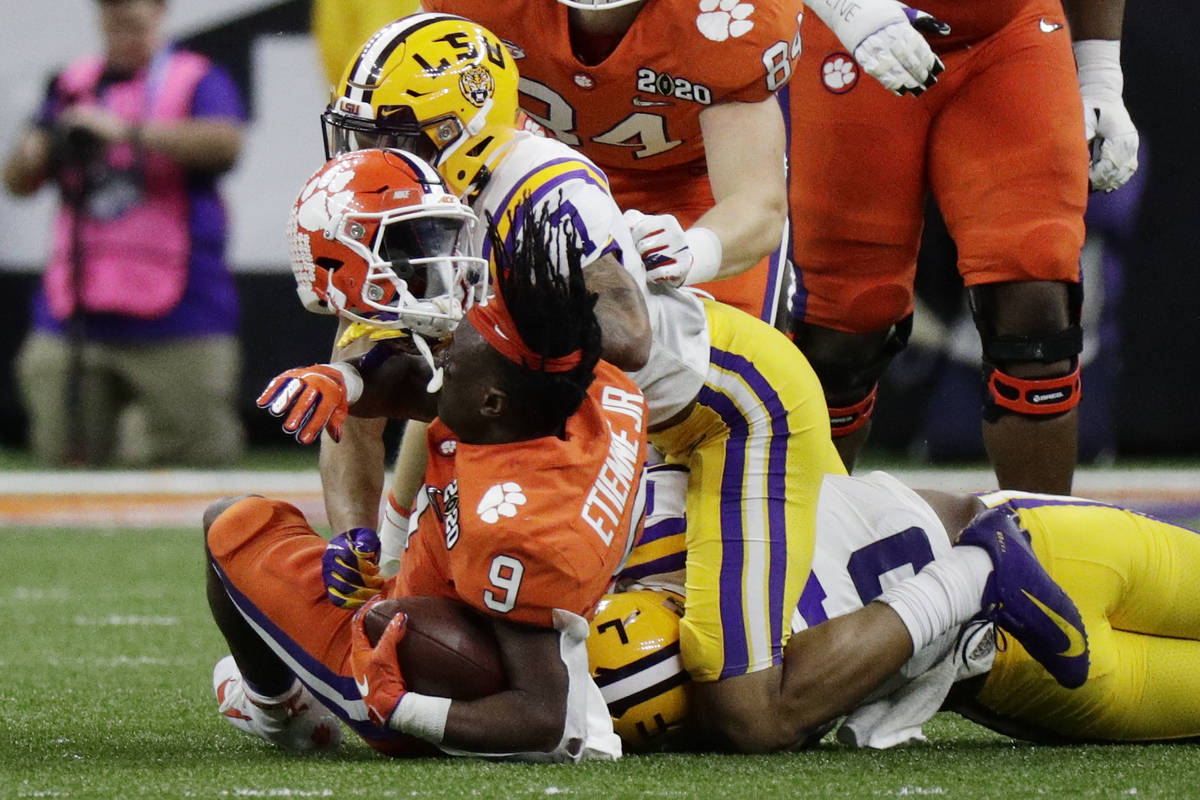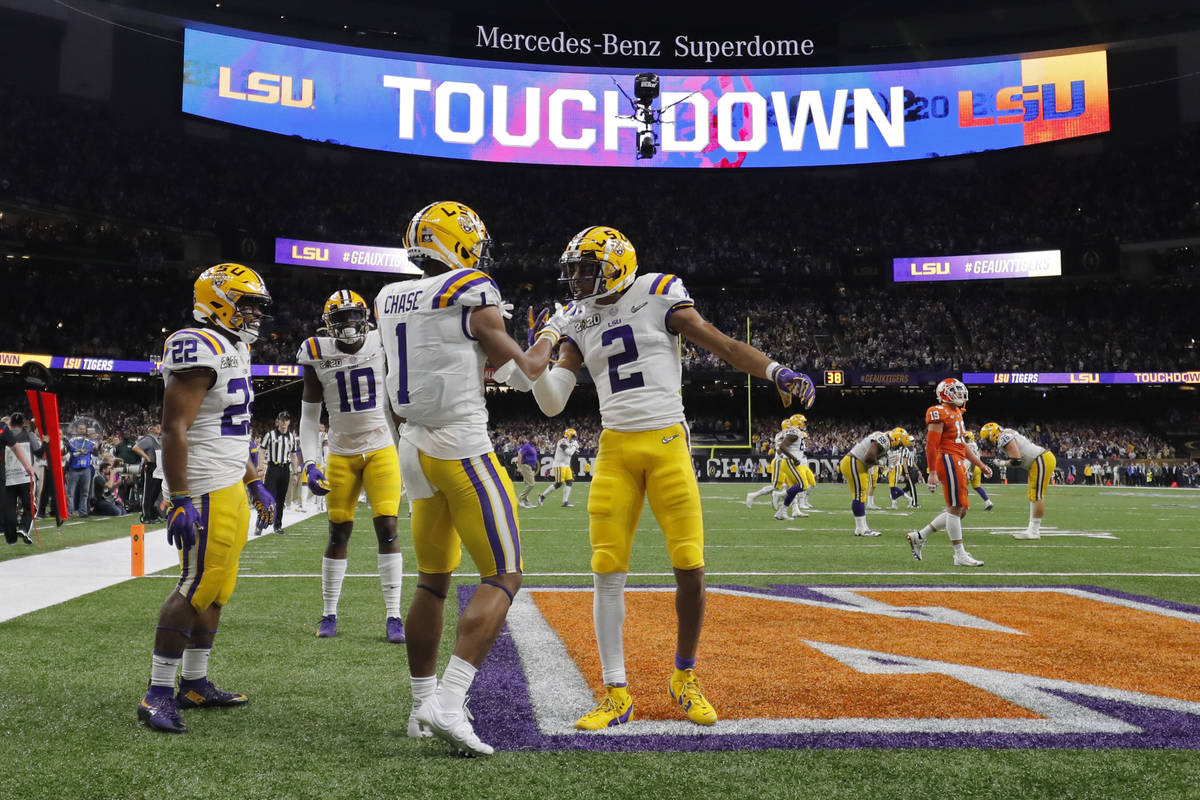Sports doctor discusses feasibility of college football season
The NCAA’s release of its latest return-to-play guidelines last week prompted myriad speculation about the plausibility of a college football season this fall in the face of the coronavirus pandemic.
Among those willing to speculate is Dr. Rand McClain, a sports medicine expert based in Southern California who treats professional athletes across a variety of sports and has been consulting with media outlets about the virus.
“I disclaim always that I’m an eternal optimist,” McClain said. “I really believe it’s going to be about execution and not design. There’s smart enough people out there. Common sense can prevail. … We can really reduce the transmission rate by being careful.”
In a conversation with the Review-Journal, McClain stressed the execution of new protocols and affirmed belief that college football can go on safely at some point during the 2020-21 academic year.
RJ: How feasible is it to play college football safely this fall?
McClain: If we continue to see a large number (of cases), then we address the next problem here, which is the execution here of the protocols. … Protocols on campus where, look, everyone has to agree, ‘We’re not going to go to fraternity parties for a couple months if we’re involved with these fall sports.’ Execution is what’s going to break down here if anything is going to break down. Unfortunately, when you’re talking about college sports, you’re dealing with a population that’s most likely to have issues with it. Most likely as opposed to say, a pro athlete, who’s food on the table is dependent on this. Not everyone is in that position.
It could be the third-string freshman that says, ‘Come on, what if I go to the fraternity party for an hour? It’s just an hour.’ That’s going to screw it up, right? … I don’t think we are in a worse (spot) than we were a month ago. I just think we’re interpreting it incorrectly.
RJ: College football rosters are a lot bigger than NFL rosters. What is the difference in risk between playing college football and pro football? Is there a way to quantify that?
McClain: It’s statistical, right? The more (participants) you have, the more possibility you have of exchanged transmission. That stacking of the numbers, if you will, can largely be mitigated if everyone in that group — whether it’s 53 players or 153 players — plays by the rules. And I don’t mean play the sport by the rules. I mean follow and execute the protocols. That’s what this boils down to.
RJ: What about other fall sports? Do you think it’s more plausible for them to play in the fall than it is for football?
McClain: The longer you have before the season starts, the better off you’re going to be because there’s more time to develop treatments. There’s more time to learn from other people’s mistakes and adjust. I don’t think it has to do with small (sports) versus large (sports). … It’s harder to control 150 people than 50. That’s a given. But given that you can control them, I don’t think it’s going to be that big of a deal.
RJ: Would it make more sense to try to move the college football season to the spring?
McClain: If we wait until spring, we’ll have a lot more time for treatments to be developed. … It’s anybody’s call. I think it’s more of opinion or comfort. Do we wait for spring, or do we get this thing kicked off now?
Contact reporter Sam Gordon at sgordon@reviewjournal.com. Follow @BySamGordon on Twitter.
























